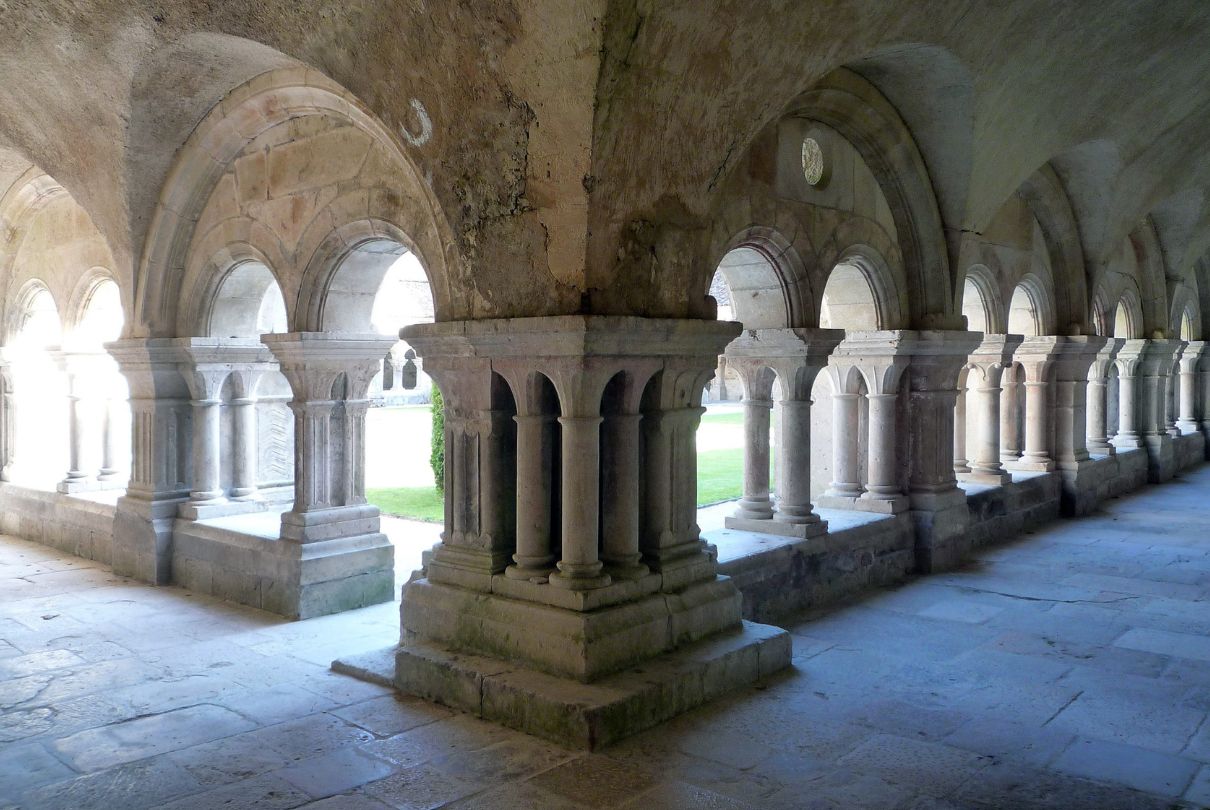
Fontenay Abbey is a gem nestled in the heart of Burgundy, France. Founded in 1118 by Saint Bernard of Clairvaux, this Cistercian monastery stands as a testament to medieval architecture and monastic life. Why is Fontenay Abbey so special? Its stunning Romanesque design, serene gardens, and rich history make it a UNESCO World Heritage site. Visitors are often amazed by the abbey's well-preserved structures, including the church, dormitory, and cloister. The abbey also boasts one of the oldest surviving Cistercian forges. Whether you're a history buff, architecture enthusiast, or simply seeking tranquility, Fontenay Abbey offers a unique glimpse into the past.
A Glimpse into Fontenay Abbey
Fontenay Abbey, located in Burgundy, France, is a historical gem. Founded in 1118 by Saint Bernard of Clairvaux, it stands as one of the oldest Cistercian monasteries in the world. Let's dive into some fascinating facts about this remarkable site.
-
Fontenay Abbey is a UNESCO World Heritage Site, recognized for its architectural and historical significance.
-
The abbey was built in a Romanesque style, characterized by its semi-circular arches and robust structure.
-
It was founded by Saint Bernard of Clairvaux, a key figure in the Cistercian Order.
Architectural Marvels
The architecture of Fontenay Abbey is a testament to medieval craftsmanship. Each structure within the abbey complex tells a story of devotion and skill.
-
The abbey church, constructed between 1139 and 1147, is one of the oldest Cistercian churches still standing.
-
The cloister, a central part of monastic life, features beautiful arcades and a serene garden.
-
The dormitory, where monks slept, is a long, narrow building with a wooden roof.
-
The chapter house, where monks gathered for daily meetings, has a vaulted ceiling and stone benches.
Historical Significance
Fontenay Abbey played a crucial role in the spread of the Cistercian Order and the development of monastic life in medieval Europe.
-
The abbey was self-sufficient, with its own forge, mill, and farm.
-
It became a model for other Cistercian monasteries across Europe.
-
During the French Revolution, the abbey was sold and turned into a paper mill.
-
In 1906, Edouard Aynard, a French banker, purchased and began restoring the abbey.
The Abbey's Grounds
The grounds of Fontenay Abbey are as impressive as its buildings. The natural beauty surrounding the abbey adds to its tranquil atmosphere.
-
The abbey is set in a lush valley, surrounded by forests and streams.
-
The gardens are meticulously maintained, reflecting the simplicity and order of monastic life.
-
A large fish pond, used by the monks for food, still exists today.
-
The abbey's forge, one of the oldest in Europe, showcases medieval ironworking techniques.
Cultural Impact
Fontenay Abbey has influenced art, architecture, and culture throughout the centuries. Its legacy continues to inspire.
-
The abbey has been featured in numerous films and documentaries.
-
It inspired the design of other Cistercian monasteries, including those in England and Spain.
-
The abbey's library once housed a vast collection of manuscripts and books.
-
Fontenay Abbey is a popular tourist destination, attracting visitors from around the world.
Preservation Efforts
Preserving Fontenay Abbey for future generations is a priority. Ongoing restoration and conservation efforts ensure its longevity.
-
The abbey underwent significant restoration in the early 20th century.
-
It is maintained by a private foundation dedicated to its preservation.
-
The abbey hosts educational programs and workshops on medieval history and architecture.
-
Fontenay Abbey is open to the public, offering guided tours and cultural events.
Fontenay Abbey's Timeless Charm
Fontenay Abbey stands as a testament to medieval architecture and monastic life. Its history, architecture, and cultural significance make it a must-visit for history buffs and architecture enthusiasts alike. From its founding by St. Bernard of Clairvaux in 1118 to its recognition as a UNESCO World Heritage site, the abbey has witnessed centuries of change while maintaining its serene beauty.
Visitors can explore the cloisters, dormitories, and church, each offering a glimpse into the lives of the monks who once called this place home. The abbey's gardens and surrounding landscapes provide a peaceful retreat, perfect for reflection and relaxation.
Whether you're interested in history, architecture, or simply seeking a tranquil escape, Fontenay Abbey offers something for everyone. Its enduring charm and historical significance ensure that it will continue to captivate visitors for generations to come.
Was this page helpful?
Our commitment to delivering trustworthy and engaging content is at the heart of what we do. Each fact on our site is contributed by real users like you, bringing a wealth of diverse insights and information. To ensure the highest standards of accuracy and reliability, our dedicated editors meticulously review each submission. This process guarantees that the facts we share are not only fascinating but also credible. Trust in our commitment to quality and authenticity as you explore and learn with us.


